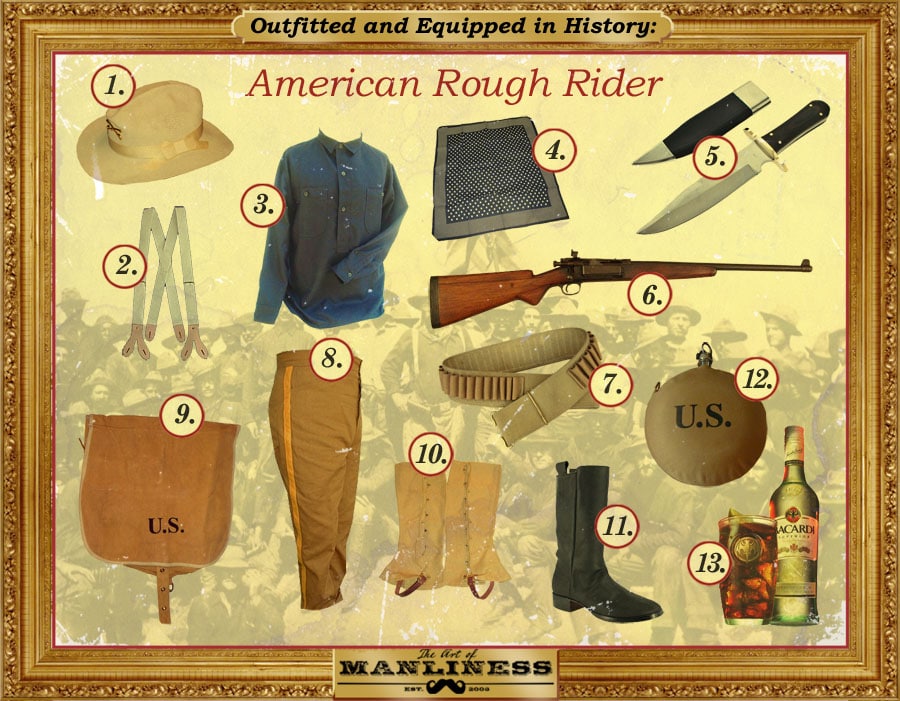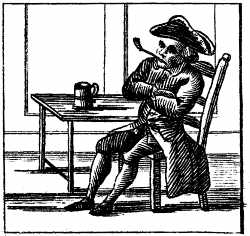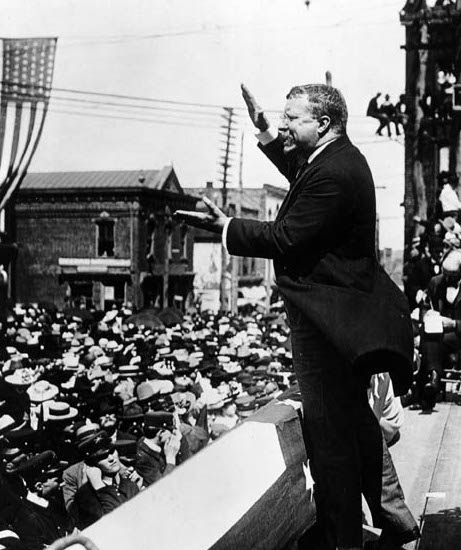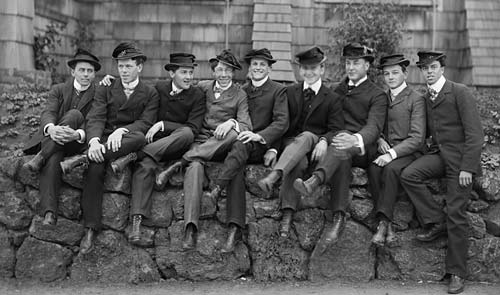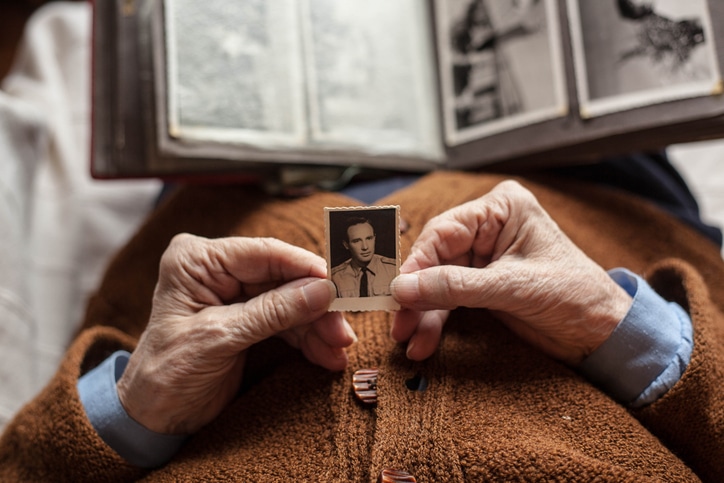
I’m a suburban man. Born and raised.
I grew up in the suburbs of Oklahoma City. I now live in the suburbs of Tulsa.
Suburban manhood has its own meaning and archetype — one that’s a weird and complex mixture of other archetypes of American manhood.
Homeownership gives suburban men a chance to harness a bit of the genteel farmer archetype of American manliness. Like the Jeffersonian yeoman farmer, you’ve got a little plot of land that’s yours, and you can do what you want with it. But unlike the republican yeoman farm or the ancient Greek oikos, where property produced food and raiment, suburban homeownership is mostly consumptive. Suburban men spend money to maintain their homes instead of their homes maintaining them. In many ways, suburban manhood is a simulation of the ideal of the country homesteader.
Suburban manhood also mixes in the archetype of the urban man. Urban manhood is characterized by ambition, professional success, style-consciousness, adaptability, and social sophistication. The urban man excels in commerce, culture, or professional fields, embracing dynamism, networking, cosmopolitanism, and competition. The suburban man embraces these energies, too, but to a lesser and more ambivalent extent; living in a less densely populated area, and perhaps even working from home, he has fewer opportunities to rub shoulders with others, attend cultural events, demonstrate wit, knowledge, and style, and exercise interpersonal skills.
The archetype of the heroic artisan is present in the ethos of suburban manhood as well. While few suburban men earn their living crafting tangible goods, there’s still an expectation for manual competence. A suburban man might handle household repairs or engage in DIY hobbies, though often at a basic level.
In addition to this mixture of ideals in the suburban manhood archetype, there’s also a general tension between public achievement and private investment. There’s this idea that your primary job is to go out into the world of work so you can bring home the bacon. You’ve got to be high agency and competitive and willing to bump elbows in the ladder-climbing world of work. But there’s also an expectation that a suburban man should be domestic — in a manly way. He’s the involved dad who fixes up the house so it looks nice and grills burgers on the patio on the weekend.
The other day, while tackling some chores around the house, I was pondering these tensions and what it means to be a man in the suburbs. I felt a sense of masculine competence by getting things done, but at the same time, couldn’t shake a nagging thought: “What exactly am I accomplishing by puttering around the house? What kind of life am I up to here?”
Wanting to make better sense of the contradictions of suburban manhood, I went digging through history. Below I’ll unpack how suburban manhood came to be a strange hybrid of public navigator and domestic homesteader — and what it means for suburban men today.
A Brief History of the Rise of the American Suburbs and Their Influence on Our Ideas of Manhood
In his book Crabgrass Frontier, historian Kenneth Jackson outlined four defining features of the American suburb: low-density housing, high homeownership, separation of work and home via commuting, and middle-class affluence. Over the last two centuries, these features of the suburb have waxed, waned, and influenced our ideas of modern manhood along the way.
The 19th Century: The Birth of Suburban Manhood
American suburbs first emerged in the middle of the 19th century. Unlike European cities, where the wealthy stayed in the urban core, America’s elites moved to the outskirts of cities to escape the hustle and bustle of urban life. Advances in transportation made this possible. Rail lines and later street cars allowed men to live in the pastoral charms of the suburbs and then commute to the city for work.
This marked a profound shift: for the first time, work and home became physically separated for most men. Before this period, men’s working lives and domestic lives were closely intertwined. Farmers worked their land at home, and craftsmen operated workshops adjoining their residences.
With the rise of white-collar and factory work in cities, work and home life were severed. Work outside the home began to be seen as the exclusive domain of men, while the home was seen as women’s sphere. This shift was reinforced culturally by what historians call the “cult of domesticity.” Under this ideal, women were seen as the moral and spiritual caretakers of the home, while men participated in the workplace and in civic and cultural organizations. After toiling in the “dirty” urban world of public and professional life, men could return home to the renewing and refining oasis cultivated by their wives.
Yet toward the end of the 19th century, there was a movement among suburban men to reclaim the home as part of their masculine identity. They began to get more involved in home life when they were off the clock. They started gardens in their backyards and wood shops in their garages. They were doing things that allowed them to exercise masculine competency — but in a domestic way. Instead of spending time with the fellows at the pub or at the fraternal lodge, many suburban men started spending more time with their families. Scholars call this social movement “masculine domesticity.”
The 1950s and 1960s: The Golden Age of Suburban Manhood
The Great Depression put the brakes on the spread of the suburbs in America, but after World War II, they boomed. The interstate system and the rise of the automobile allowed homes to be built further away from cities while still enabling men to commute downtown relatively quickly. The GI Bill provided low-cost mortgages to returning vets, opening homeownership to millions of men. After years of actively participating in the carnage of war, many American men welcomed the tranquility of the suburbs.
Masculine domesticity went into hyperdrive in the 1950s. There’s a reason why, when we think “suburban man,” we typically picture some mid-century illustration of a 1950s guy in his backyard, grilling burgers while wearing a “Kiss the Chef” apron. Do-it-yourself-ism exploded. Magazines like Popular Mechanics became staples in suburban homes. Cooking, once the near-exclusive domain of wives, became a manly pastime — so long as it involved meat and fire. Dads volunteered to coach Pee Wee baseball and lead Boy Scout troops.
The rise of mass consumerism in the 1950s shifted the meaning of being a provider for suburban men. Instead of fulfilling that role by providing food grown or raised through their own labor, suburban men provided for their families by bringing home a paycheck to purchase the bacon at the grocery store. What’s more, the scope of providing expanded. It wasn’t enough just to provide the basic necessities for living; suburban men needed to provide middle-class luxuries for their families, like nice cars, clothes, and vacations.
Television shows like Leave It to Beaver and The Adventures of Ozzie and Harriet showcased the ideal of domestically masculine suburban manhood. Life magazine labeled 1954 as the year of the “domestication of the American Man.” It seemed like suburban men had it all in terms of masculine identity: a sense of being a capable producer and provider at work and of being a competent, creative DIY-er at home.
The 1970s-1990s: Cracks Start to Form
Things began to shift in the 1970s. Economic stagnation put a strain on many American suburban families. Job growth moved away from central cities and traditional manufacturing hubs, undermining the older “commute-to-the-city” suburban model. Suburban office parks began appearing, allowing men to work closer to home. The rise of urban decay also led men to spend less leisure time in the city.
It wasn’t just urban areas that experienced decline; suburbs that grew rapidly during the 1950s and 1960s began encountering problems traditionally associated with cities: congestion, strained infrastructure, and rising crime. Consequently, people started moving even further out from traditional suburbs into areas now known as exurbs.
With more women entering the workforce, men began to play a larger role in childcare and other domestic responsibilities, and both sexes had less time for hobbies, household maintenance, and general domestic investment. The stress of juggling multiple roles increased. Cultural portrayals of suburban life during this period began to highlight these emerging cracks in suburban manhood, exposing tensions between traditional expectations and modern realities.
The 2000s to Today: A Return to Oikos Manhood?
Advances in technology and an uncertain economic landscape have eroded two of Jackson’s defining features of the American suburb: separation of home and work via commuting, and widespread home ownership.
Digital technologies have allowed many men to work from home, and they’re having to figure out how to blend family life and work life. One minute, they can be on a Zoom call with their boss; the next, they’re driving a kid to baseball practice. In some ways, this is a return to the Greek idea of oikos manhood, where the home functioned as a place of production.
Opportunities have arisen with this shift: men can invest commuting time back into their families, communities, and hobbies. But there’s a downside, too: without clear boundaries between work and home, everything tends to bleed together. Suburban men may feel stuck in a cycle of half-working and half-fathering, never feeling fully present in either.
Homeownership has long been central to suburban manhood. But rising home prices, stagnant wages, and investor-owned subdivisions are changing that. Renting in the suburbs is becoming more common for younger men. This has shifted the old suburban script of being the master of your domain. Property stewardship becomes negotiated. Men can still DIY in their rented homes, but they have to talk to their landlord first. Perhaps they can’t remodel their kitchen, but they can build raised garden beds in the yard or create a makerspace in a spare bedroom.
Even when modern men do own their own homes, they were less likely to learn DIY and handyman skills growing up and are thus more likely to outsource maintenance tasks to professionals. And rather than hands-on hobbies, today’s men are apt to spend their leisure time in digital pursuits — playing video games, scrolling their phones, and watching television. As their professional jobs often involve manipulating digital modalities too, this further blurs the line between work and home, giving men a feeling of lopsided development and lending life an ethereal, unreal quality.
A New Old Ideal
The reason I — and I would imagine other men — feel ambivalent about being a man in the suburbs is that there’s an inherent tension in suburban masculinity. It incorporates various archetypes of manhood but doesn’t fully embody any of them.
The suburbanite archetype still retains something of the self-reliant homesteader — the man who fully provides for himself and his family — but only as a faint echo of that ideal. Sure, you can raise backyard chickens and grow vegetables, but you’re far from self-sufficient. You’re kind of playing at being a self-sustaining farmer.
The suburban man has professional ambitions, often strives for some cultural sophistication, and maintains a network of colleagues and friends, but doesn’t have the cosmopolitan sophistication of a city dweller. He’s more isolated and has fewer chances to dress up and make conversation with different kinds of folks; when he does socialize it tends to be with his family and in the context of youth sports leagues and church functions.
The suburban man is still expected to have a little of the heroic artisan in him, but typically doesn’t possess all that much manual competence and only engages in a nominal amount of concrete hands-on tasks — either in terms of home maintenance or his hobbies.
Despite these tensions, there’s value in embracing the contradictions of suburban manhood. Living in the suburbs has a lot of perks. You don’t have to worry about drought killing your crops. You don’t have to wake up at 4 am to milk the cows. You have ample free time (more free time than ever before) to pursue hobbies and be involved with your community.
You just have to embrace the idea that it’s worthwhile to dabble in the various archetypes of manhood, even if you’re not all-in on any of them. You don’t have to be a genuine farmer or cosmopolitan or artisan to get satisfaction from gardening, being well-read, or staining your deck.
Embracing the tensions of suburban manhood also requires investing in domestic life without losing your edge. Avoid succumbing to soft suburban dad syndrome. Stay ambitious about your work. Keep fit. Get out into the wild every now and then. You can live in the suburbs without being entirely of the suburbs.
Perhaps suburban manhood today is less about mastering a specific role and more about navigating an amalgamation of responsibilities with resilience and purpose. At least that’s what I tell myself as I shoot off emails from my home office, check on the brisket cooking in my wood pellet smoker, and finish up a workout in my garage gym.


